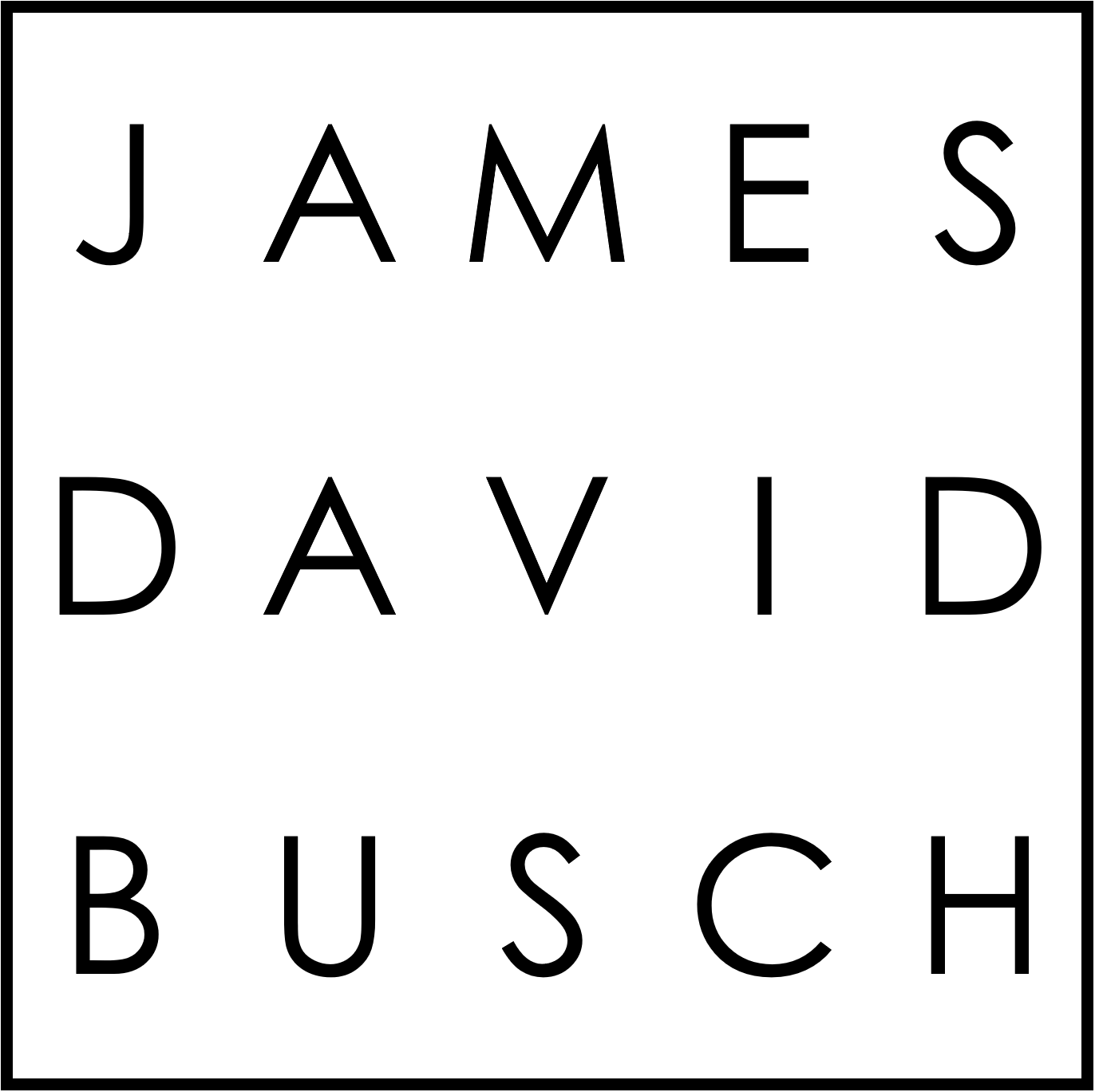What Information do Contingent Fee Patent Lawyers Need From a Prospective Client?
In my last post, What Makes a Good Contingent Fee Patent Case?, I discussed the various factors considered during due diligence. What information is needed to evaluate these factors?
When conducting due diligence for a potential contingent fee patent representation, we typically need to obtain at least the following information from the prospective client:
Patent and application numbers. The issued patent numbers and pending application serial numbers. We are then able to obtain the patents and publications from the USPTO and other sources.
Image File Wrappers (IFWs). The Patent Office prosecution histories or “file wrappers” for all of the issued patents and pending applications. IFWs contain the correspondence file between the Patent owner and the Patent office. For granted patents and most pending applications, IFWs are publicly available via the USPTO's Public PAIR website. For recently filed or non-public applications, the patent owner will need to provide PDF copies of the image file wrapper from the USPTO's Private PAIR website. In either case, to the extent the prospective client has these available and OCRed, it will help speed up the due diligence process.
Known art references. The art cited to the USPTO and the literature cited by the USPTO during prosecution of all of the patents and applications. Copies of U.S. patents, U.S. publications, and foreign patents are available from various sources. To the extent the patent owner can provide these, it will speed up our due diligence process. Non-Patent Literature counsel has submitted to the USPTO can be hard to obtain unless supplied by the patent owner. The patent owner can get PDF copies of the NPL documents via the USPTO's Private PAIR website.
Assignment records. The patent owner should ensure that all patent assignments are recorded with the USPTO EPAS website and that the proper ownership is reflected in the public record. To the extent there is additional unrecorded ownership information, the prospective client needs to provide this information.
Infringement information. Any additional information the potential client can provide is extremely helpful in speeding up the review process. For example, if a potential client believes there is infringement it is beneficial if they provide an infringement chart explaining the infringement for each element of the issued claim.
On occasion, a potential contingent fee matter will come to us with a more fully developed history. In those cases, we also need to review the following items, where applicable:
Agreements with prior counsel. If another lawyer representing the patent owner to enforce the patents, it could be relevant to the possible contingent fee representation.
Correspondence between prior counsel and the inventor or patent owner. To the extent the inventors or patent owner have previously corresponded with another lawyer about the patents, it is relevant to our consideration of the case for contingent fee representation.
Prior licensing correspondence. To the extent the patent owner has previously corresponded with companies about licensing, this is relevant to our consideration of the case for contingent fee representation.
Prior analysis of the patents. Claim construction, validity, infringement or damage analyses by other counsel or the client are helpful and necessary to our consideration of the case.
Any information relating to post-grant patent proceedings. The potential client should provide the current status of any threatened, pending and concluded challenge to the patents.
Any prior litigation filings. The potential client should provide the current status of any pending and concluded litigation.
When seeking counsel, having the above information on hand to provide (when requested) will show you are a savvy patent owner and may significantly decrease the time it takes us to consider the matter.
In my next post, I will discuss what contingent fee patent lawyers look for when considering patent title and term.




